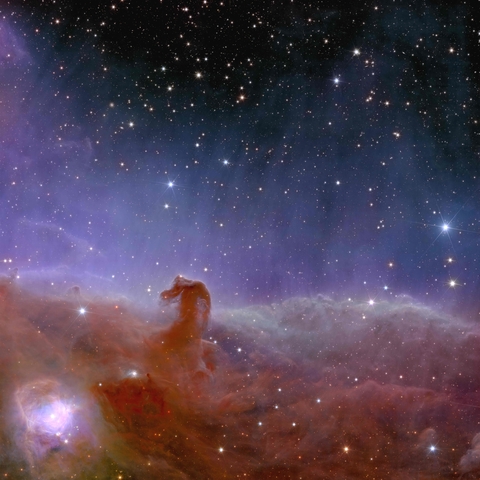Image

Earlier this month, the European Space Agency (ESA) shared the first five images from its Euclid space telescope, currently located 1.5 million km from Earth. In preparation for this mission, ESA relied on UMass Amherst researchers, including Daniela Calzetti, department head and distinguished professor of astronomy, to study how best to account for the imprecision introduced by cosmic dust. This work will greatly aid researchers in their search for dark matter and dark energy in the Universe.
The Euclid mission is designed to “explore the composition and evolution of the dark Universe,” examining the nature of dark energy and dark matter as well as the role that gravity plays. Euclid aims to “create a great map of the large-scale structure of the Universe across space and time by observing billions of galaxies out to 10 billion light-years, across more than a third of the sky.” But as with any space-based telescope, Euclid’s success in achieving its ambitious goals relies on the effective mitigation of a key obstacle: dust.
Image

“One of the key properties that we’re detailing,” says Calzetti, “is the ‘redshift” of millions of galaxies.” When light from a distant object is stretched, its wavelength increases, becoming redder. Distant galaxies, like the ones Calzetti is exploring, are retreating from us because the Universe is expanding. As they retreat, their light is being stretched and, to telescopes like Euclid, they appear redder. Understanding just how much each galaxy’s light has shifted can help us understand how dark energy and dark matter work—but only if the redshift measurements are precise. And this is where dust enters the picture.
“The required accuracy of the redshift calculations is 3%-5%,” says Calzetti, “but the presence of dust can affect this determination greatly, reducing the accuracy to 10%-15%. My students and I are providing corrections for the effects of dust in determining properties of galaxies with high redshifts and at great distances,” Calzetti says.
More information about Euclid and the images it has produced can be found at https://www.esa.int/Science_Exploration/Space_Science/Euclid.
